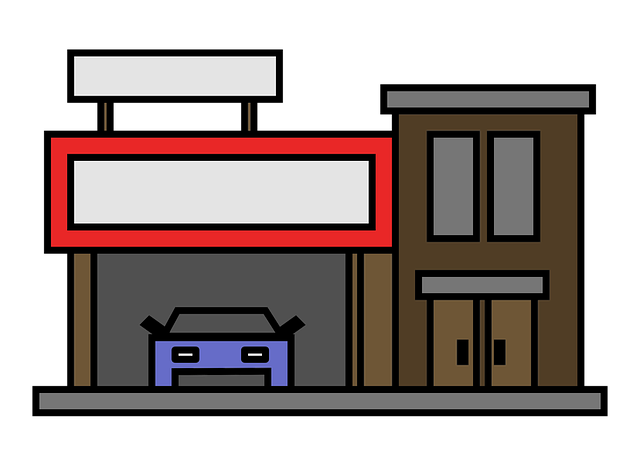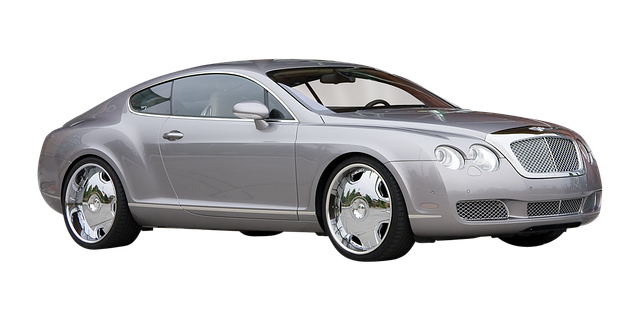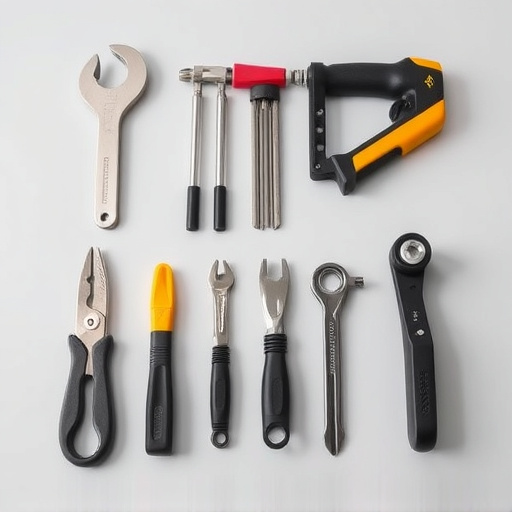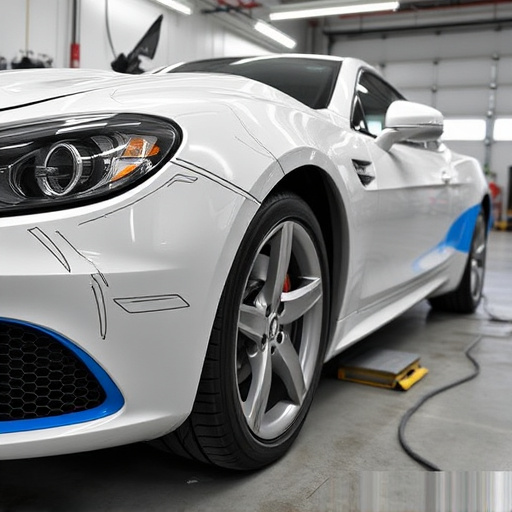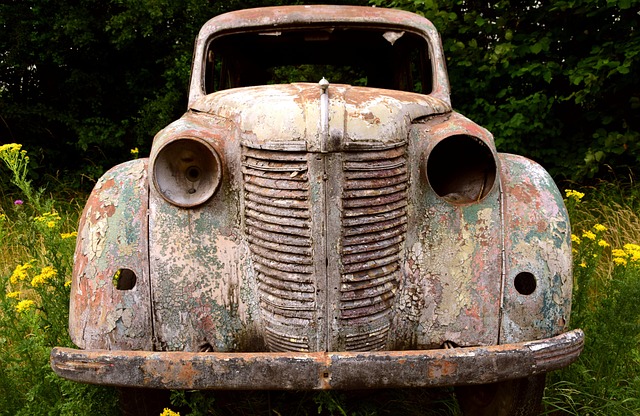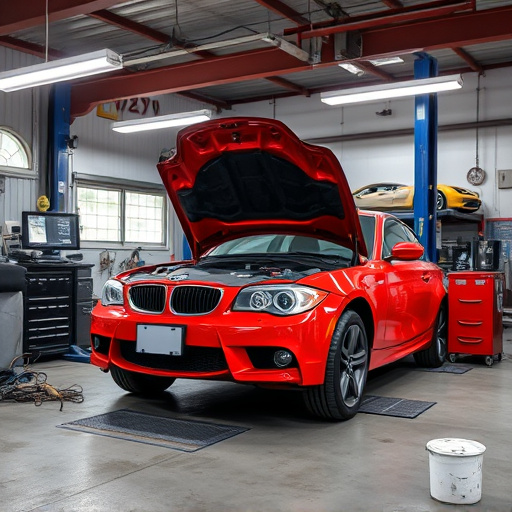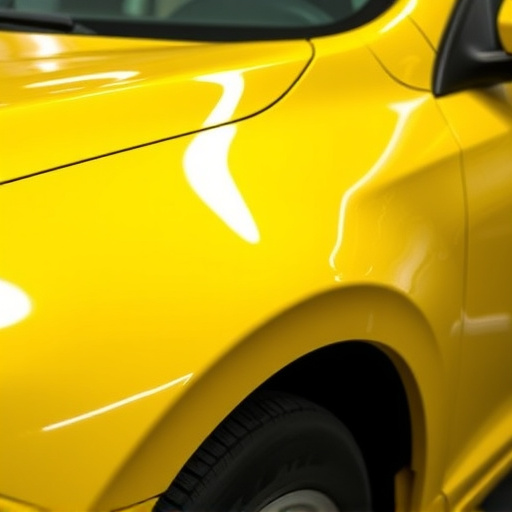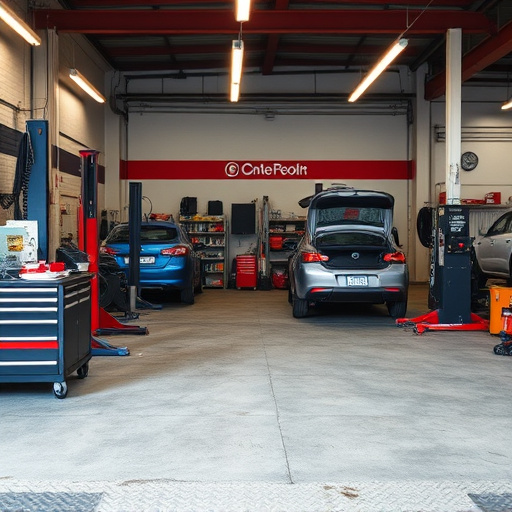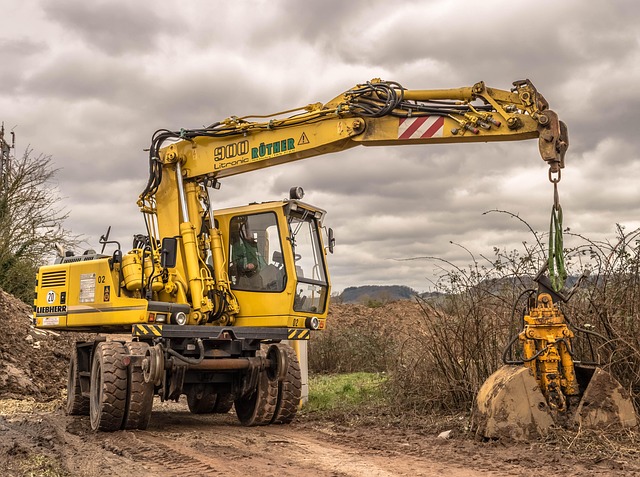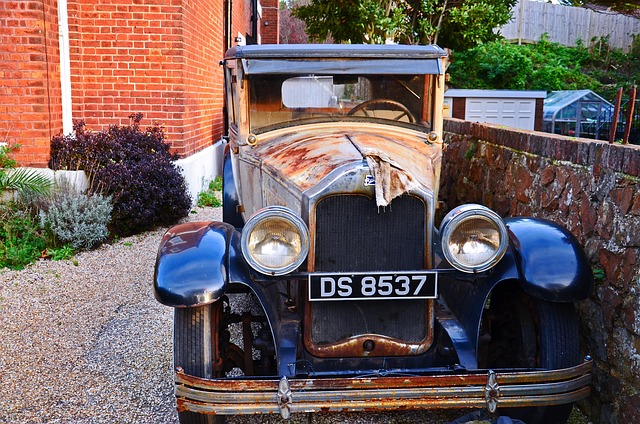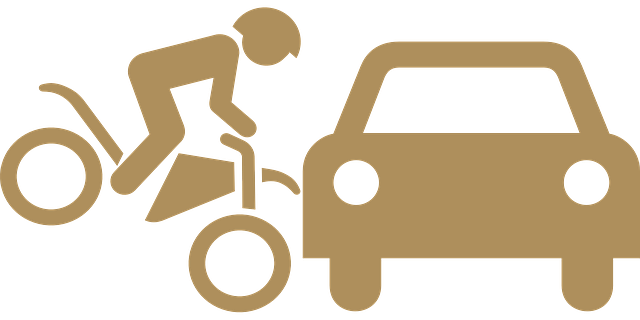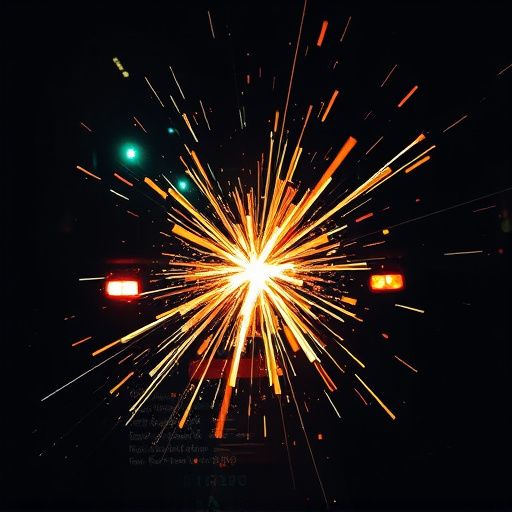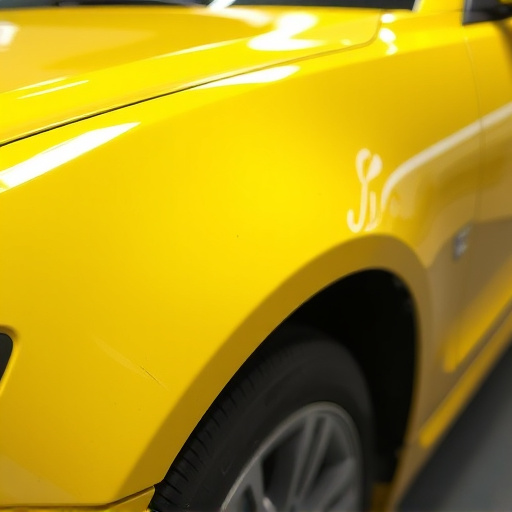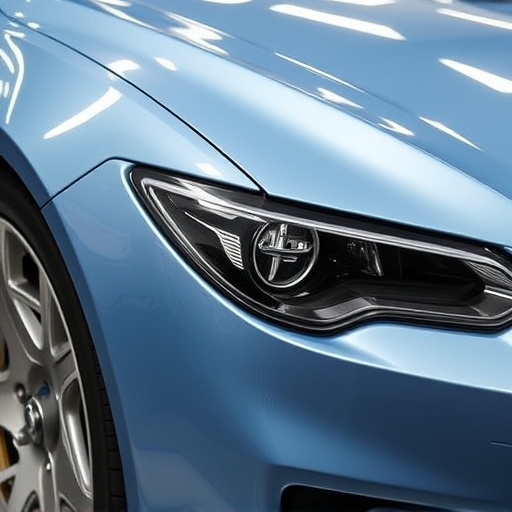Custom color matching is a DIY auto repair skill for achieving flawless finishes by mixing paints to replicate exact car body shades. It involves understanding paint composition, using online tools and paint codes, and deciphering pigments and additives. The process requires high-quality samples, color scanners, meticulous preparation, professional-grade products, thin coats, and adjustments based on test batches for optimal results.
“Unleash your creativity with DIY auto repair and want to match your car’s color perfectly? Mastering custom color matching is essential for achieving a professional finish. This guide breaks down the process into manageable sections. From understanding the basics of color theory to exploring effective tools and techniques, you’ll learn how to achieve accurate results. We also share valuable tips to avoid common pitfalls, ensuring your DIY project looks as good as new.”
- Understanding Custom Color Matching: The Basics for DIY Projects
- Tools and Techniques: What You'll Need to Achieve Accurate Results
- Tips for Successful Custom Color Mixing: Avoiding Common Pitfalls
Understanding Custom Color Matching: The Basics for DIY Projects
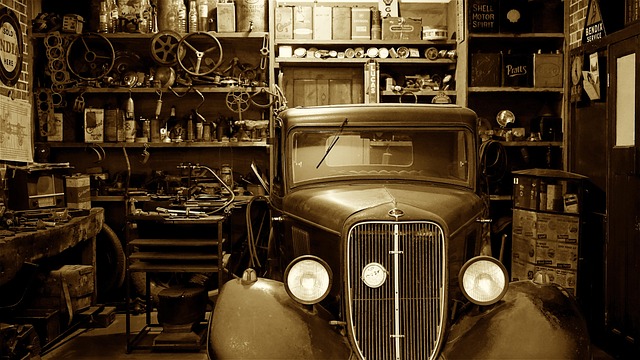
Custom color matching is a skill every DIY auto repair enthusiast should master for achieving flawless finishes on their projects. It involves carefully mixing paints to replicate an exact shade, ensuring your car’s bodywork looks as good as new. The process begins with understanding your car’s original paint composition and the unique characteristics of the desired custom color.
Automotive paint is complex, composed of various pigments and additives that contribute to its final hue. To match a custom color accurately, you’ll need to decipher these elements. This often requires researching the specific paint code used on your vehicle and comparing it with the desired shade. Many online resources and tools are available to aid in this process, offering guidance on car paint services and tips for mixing colors effectively.
Tools and Techniques: What You'll Need to Achieve Accurate Results
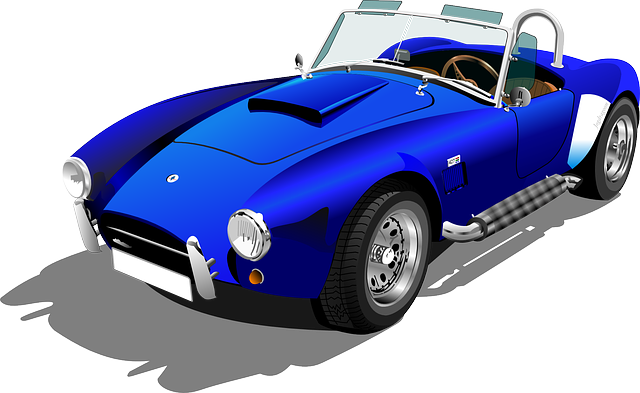
Achieving precise custom color matching for DIY auto repairs requires a set of specific tools and techniques. Start with high-quality paint samples or swatches from your chosen brand, ensuring they closely resemble the original car paint. Invest in a reliable color scanner or spectrophotometer to precisely measure the RGB (Red, Green, Blue) values of your existing paint job or touch-up area. These devices provide an exact digital match.
For the best results, prepare your surface meticulously by sanding and cleaning thoroughly. Use professional-grade primer and paint designed for automotive applications, ensuring compatibility with your scanner’s readings. Apply thin, even coats, allowing each layer to dry completely before adding the next. This meticulous process ensures a seamless, custom color match that blends perfectly with your vehicle’s existing finish, as if it had never been damaged in the first place, effectively transforming car scratch repair into an art form, enhancing your auto body services capabilities.
Tips for Successful Custom Color Mixing: Avoiding Common Pitfalls
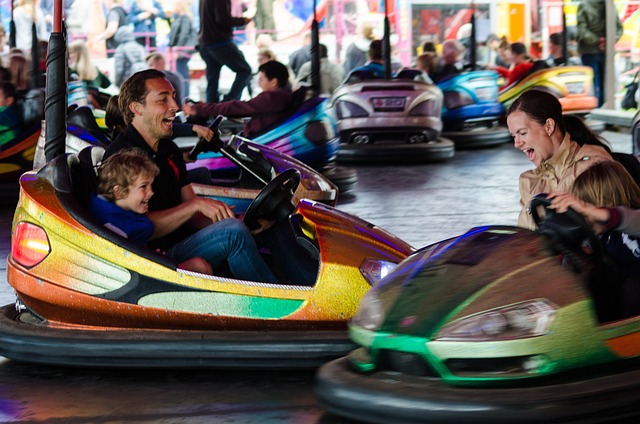
Mixing custom colors for your DIY auto repair projects can be an exciting yet challenging endeavor. To ensure success, avoid common pitfalls by following these tips. First, understand that achieving an exact match requires patience and precision. Start by gathering high-quality automotive paints and utilizing a reliable color matching system or tool, which will help you identify the precise shade and its corresponding ingredients.
Second, create small batches of your custom color to test before applying it extensively. This allows you to make adjustments in real time, balancing pigments and modifiers until perfection is achieved. Remember, car body repair isn’t just about fixing dents; it’s about preserving or enhancing the vehicle’s aesthetics, so taking the time for accurate custom color matching pays off in the form of a professional-looking finish that complements—or even elevates—the car’s overall appeal. Consider these guidelines to ensure your DIY efforts with car paint services result in outstanding outcomes for your auto bodywork.
Custom color matching is a valuable skill for DIY auto repair enthusiasts looking to restore their vehicles to like-new conditions. By understanding the basics, investing in the right tools and techniques, and avoiding common pitfalls, you can achieve accurate results that match your car’s original finish perfectly. These tips empower you to take on color matching projects with confidence, ensuring your vehicle stands out not only in quality but also in aesthetic precision.
